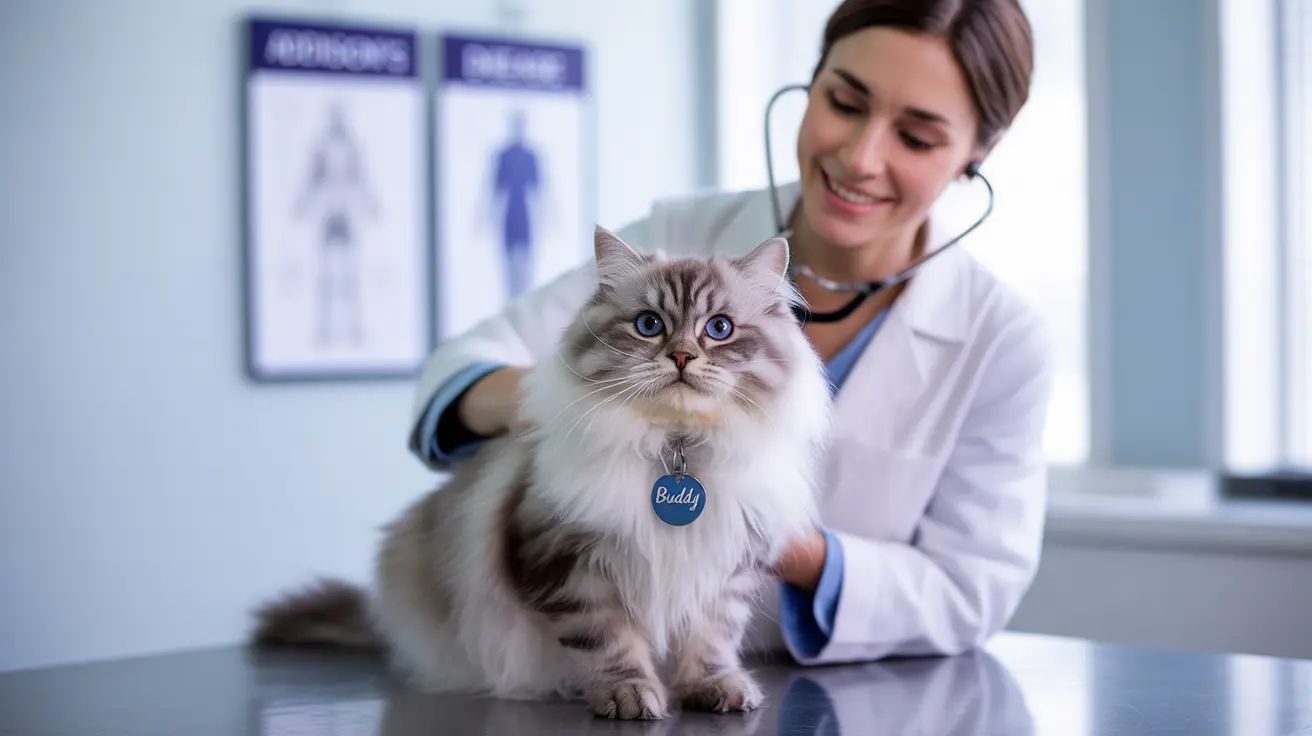Addison's disease in cats, also known as hypoadrenocorticism, is a rare but serious endocrine disorder that occurs when the adrenal glands fail to produce essential hormones. While this condition is more commonly diagnosed in dogs, understanding its impact on cats is crucial for both pet owners and veterinarians.
This comprehensive guide will explore the causes, symptoms, diagnosis, and treatment options for feline Addison's disease, helping you recognize early warning signs and understand the importance of prompt medical intervention.
What is Addison's Disease in Cats?
Addison's disease occurs when a cat's adrenal glands stop producing adequate amounts of two vital hormones: cortisol and aldosterone. These hormones play crucial roles in managing stress responses, maintaining blood pressure, and regulating essential minerals in the body.
While extremely rare in cats, with fewer than 100 documented cases in veterinary literature, this condition can affect cats of any age, though it's most commonly diagnosed in middle-aged felines.
Common Symptoms and Warning Signs
The challenge with identifying Addison's disease lies in its subtle and often intermittent symptoms, earning it the nickname "the great pretender." Common signs include:
- Lethargy and depression
- Loss of appetite and weight loss
- Intermittent vomiting
- Weakness and muscle tremors
- Increased thirst and urination
- Poor coat condition
- Dehydration
Causes and Risk Factors
The primary cause of Addison's disease in cats is typically autoimmune-related, where the body's immune system attacks and damages the adrenal glands. Other potential causes include:
- Sudden discontinuation of long-term steroid medications
- Tumors affecting the adrenal glands
- Infections or trauma to the adrenal tissue
- Certain medications that affect adrenal function
Diagnosis Process
Diagnosing Addison's disease requires a comprehensive approach, including:
- Blood tests to check electrolyte levels
- ACTH stimulation test (the definitive diagnostic tool)
- Urinalysis
- Blood pressure measurements
- Chest X-rays
- ECG in some cases
Treatment and Management
While Addison's disease is incurable, it can be effectively managed with proper treatment. The primary treatment approach includes:
- Hormone replacement therapy
- Regular monitoring of electrolyte levels
- Periodic veterinary check-ups
- Stress management
- Medication adjustments as needed
Long-term Prognosis and Care
With proper diagnosis and consistent treatment, cats with Addison's disease can live normal, healthy lives. Success depends on:
- Regular medication administration
- Consistent veterinary monitoring
- Owner vigilance for symptom changes
- Proper stress management
- Quick response to potential complications
Frequently Asked Questions
What are the common symptoms of Addison's disease in cats and how do they differ from dogs?
Cats typically show more subtle symptoms than dogs, including lethargy, decreased appetite, and occasional vomiting. Unlike dogs, cats rarely experience diarrhea as a primary symptom. The signs often come and go, making diagnosis more challenging.
How is Addison's disease diagnosed in cats, and what role does the ACTH stimulation test play?
The ACTH stimulation test is the gold standard for diagnosis. It measures the adrenal glands' response to synthetic ACTH hormone. Additional diagnostics include blood tests, urinalysis, and electrolyte measurements to confirm the condition.
What causes Addison's disease in cats, and are certain breeds or ages more at risk?
The primary cause is typically autoimmune destruction of the adrenal glands. While middle-aged cats are most commonly affected, there's no clear breed or sex predisposition. Cases have been documented in cats from 1.5 to 14 years of age.
How is Addison's disease treated and managed long-term in cats?
Treatment involves lifelong hormone replacement therapy, including mineralocorticoids and glucocorticoids. Regular veterinary monitoring and medication adjustments ensure optimal management. With proper treatment, most cats maintain a good quality of life.
What should cat owners know about Addisonian crisis and emergency signs in cats with Addison's disease?
An Addisonian crisis is a life-threatening emergency characterized by sudden collapse, severe lethargy, and shock. Immediate veterinary care is essential. Owners should be aware of their cat's normal behavior and seek emergency care if they notice sudden severe symptoms.






